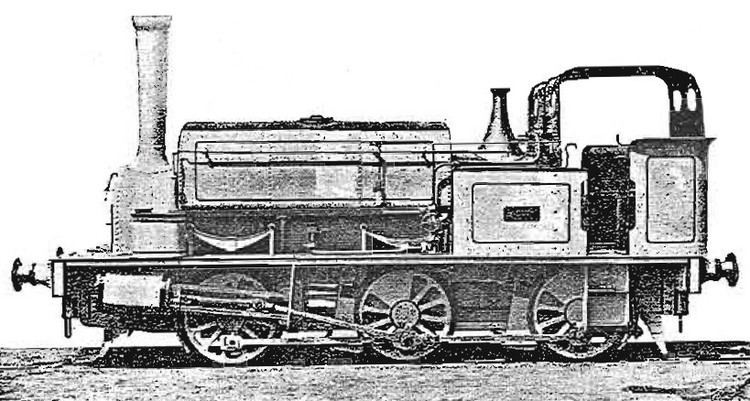 | ||
The Garstang and Knot-End Railway [sic] was a railway line devised to provide an outlet for farmers in the Over Wyre area of the Fylde in Lancashire, England, to transport their produce up and down the country.
Contents
History
In December 1863, a prospectus was produced naming six directors of the Garstang and Knot-End Railway. These were: John Russell, Julian Augustus Tarner, Henry Gardner, Colonel James Bourne, Richard Bennett and James Overend. They were given a capital of £60,000 to build an 11 1⁄2-mile-long (18.5 km) railway to Knott End from a junction with the Lancaster and Preston Junction Railway. The railway was authorised by Act of Parliament on 30 June 1864.
The Garstang and Knot-End Railway Company took 5½ years to build a seven-mile (11 km) single-track line from Garstang only as far as Pilling, across once desolate peat bogland that was being reclaimed for farming. The final cost was £150,000. The line opened to services on 5 December 1870, running with a single locomotive, Hebe, although the official opening ceremony was not until 14 December 1870. Trains were mixed (passengers and goods), and goods wagons were uncoupled along the line to be collected on the return journey. Passengers could board at any point along the line by request.
In 1872, after well over a year of almost continuous use, the locomotive broke down. This caused a suspension of service, which in turn led to the company being in rent arrears. The locomotive was repossessed, and for the next three years only occasional horse-drawn trains were run. Goods services resumed on 23 February 1875 using a new engine, Union. Passenger services followed on 17 April 1875. A replacement engine, Farmer's Friend, was acquired in December of that year. It became known locally as the Pilling Pig on account of the squeal made by its whistle. Subsequently, this name was given to all engines and was often used to refer to the railway itself.
In 1898, a separate Knott End Railway (KER) Company was incorporated, to extend the line from Pilling to Knott End. The 4 1⁄2-mile (7.2 km) extension was opened on 29 July 1908 and the KER took over the Garstang and Knot-End Railway. At the 1923 grouping, the KER was the smallest constituent of the London, Midland and Scottish Railway.
The new line of 1908 connected to a 1 1⁄2-mile (2.4 km) siding to salt mines near Preesall. This made a large contribution to the financial success of the railway. A dispute over haulage rates with the mine owners, the United Alkali Company, led to a brine pipeline being built under the River Wyre to United Alkali's Burn Naze plant. The loss of revenue was a severe blow to the railway. It closed to passengers on 29 March 1930.
The line continued to be used for goods. The Knott End to Pilling stretch was closed on 13 November 1950, Pilling to Garstang Town closed on 31 July 1963, and the short section toGarstang Town which survived two more years until 16 August 1965.
One mile (1.6 km) of the route near Knott End is now a footpath. Several crossing keepers' cottages along the line survive as private residences.
